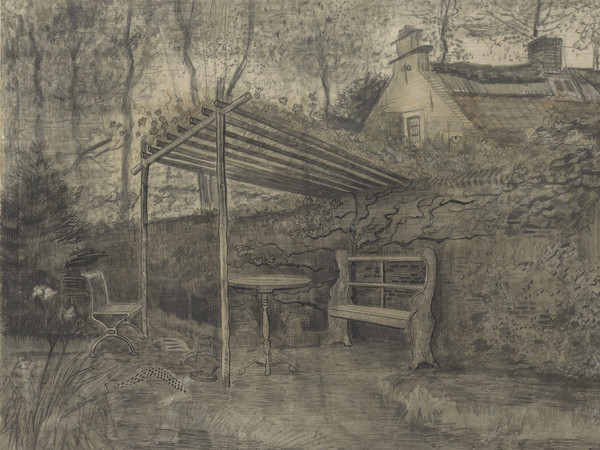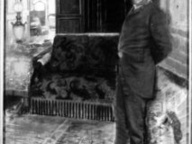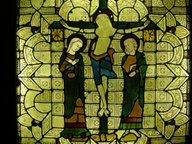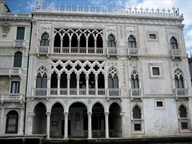The early Van Gogh: “work against indifference”
From 24 Settembre 2016 to 09 Aprile 2017
Otterlo | World
Place: Kröller-Müller Museum
Address: Houtkampweg 6
Times: Tuesday through Sunday and national holidays from 10.00 to 17.00 hrs. The sculpture garden is open until 16.30 hrs
Responsibles: Auke van der Woud
Ticket price: Adults € 18,30, young (aged from 6 to 12) € 9,15
Telefono per informazioni: +31 (0)318 591 241
E-Mail info: info@krollermuller.nl
Official site: http://krollermuller.nl
The exhibition shows how at the start of his career, Vincent van Gogh teaches himself to translate his view of the world into images. Unlike contemporaries such as Isaac Israels or George Breitner, he focuses not on the cosmopolitan city life, but instead on the fringes of society. On people who have to work hard for their living, in humble workshops and on farmlands in all weathers. Van Gogh tries to sincerely express his compassion for their way of life. Or, as he puts it himself in a letter to his brother Theo: ‘I say it again – work against indifference – perseverance isn’t easy – but things that are easy mean little.’
Emphasis on Van Gogh’s drawings
The emphasis in the exhibition is on drawings, which are rarely shown due to their sensitivity to light. The drawings in particular clearly show how Van Gogh struggles to master the technique and to depict volume and movement in his figures. Moreover, he does not strive for merely a realistic representation of reality. He seeks to depict ‘life’ itself and draw ‘inaccuracies’ that are ‘truer’ than the ‘literal truth’.
The works in the exhibition are commented upon by Van Gogh himself with quotations from his letters.
Of the people, for the people’
Auke van der Woud, writer of bestsellers about nineteenth-century Netherlands (Een nieuwe wereld, Koninkrijk vol sloppen and De nieuwe mens) and curator at the Kröller-Müller Museum from 1974-1981, is guest curator of the exhibition. In the exhibition texts and with the addition of photographs by Henri Berssenbrugge (1873-1959), he places Van Gogh’s unusual choice for his fellow man in the working-class districts in the context of the late nineteenth century.
The exhibition is accompanied by a publication with texts by Auke van der Woud.
Emphasis on Van Gogh’s drawings
The emphasis in the exhibition is on drawings, which are rarely shown due to their sensitivity to light. The drawings in particular clearly show how Van Gogh struggles to master the technique and to depict volume and movement in his figures. Moreover, he does not strive for merely a realistic representation of reality. He seeks to depict ‘life’ itself and draw ‘inaccuracies’ that are ‘truer’ than the ‘literal truth’.
The works in the exhibition are commented upon by Van Gogh himself with quotations from his letters.
Of the people, for the people’
Auke van der Woud, writer of bestsellers about nineteenth-century Netherlands (Een nieuwe wereld, Koninkrijk vol sloppen and De nieuwe mens) and curator at the Kröller-Müller Museum from 1974-1981, is guest curator of the exhibition. In the exhibition texts and with the addition of photographs by Henri Berssenbrugge (1873-1959), he places Van Gogh’s unusual choice for his fellow man in the working-class districts in the context of the late nineteenth century.
The exhibition is accompanied by a publication with texts by Auke van der Woud.
SCARICA IL COMUNICATO IN PDF
COMMENTI

-
 Dal 25 maggio 2024 al 25 agosto 2024
Roma | Palazzo Bonaparte
Dal 25 maggio 2024 al 25 agosto 2024
Roma | Palazzo Bonaparte
-
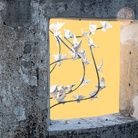 Dal 25 maggio 2024 al 30 settembre 2024
Gardone Riviera | Vittoriale degli Italiani
Dal 25 maggio 2024 al 30 settembre 2024
Gardone Riviera | Vittoriale degli Italiani
-
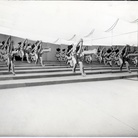 Dal 22 maggio 2024 al 12 gennaio 2025
Milano | Triennale Milano
Dal 22 maggio 2024 al 12 gennaio 2025
Milano | Triennale Milano
-
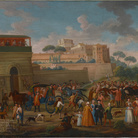 Dal 21 maggio 2024 al 15 settembre 2024
Roma | Museo Pietro Canonica
Dal 21 maggio 2024 al 15 settembre 2024
Roma | Museo Pietro Canonica
-
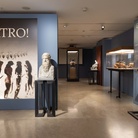 Dal 21 maggio 2024 al 03 novembre 2024
Roma | Museo dell'Ara Pacis
Dal 21 maggio 2024 al 03 novembre 2024
Roma | Museo dell'Ara Pacis
-
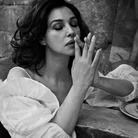 Dal 16 maggio 2024 al 25 agosto 2024
Roma | Palazzo Bonaparte
Dal 16 maggio 2024 al 25 agosto 2024
Roma | Palazzo Bonaparte
